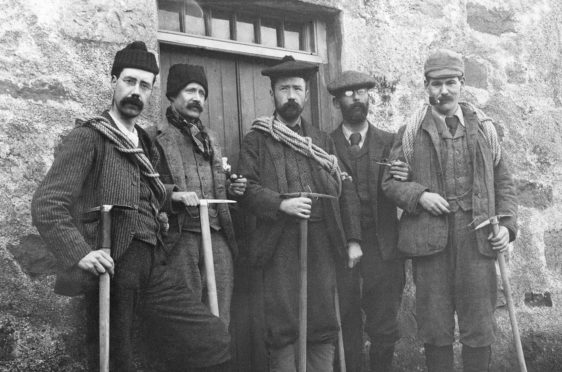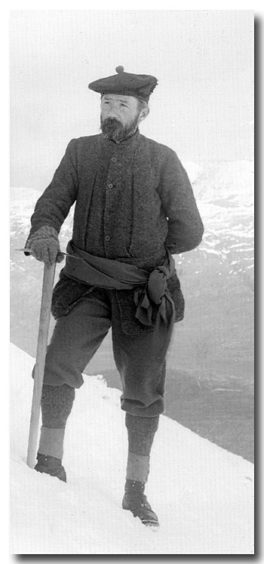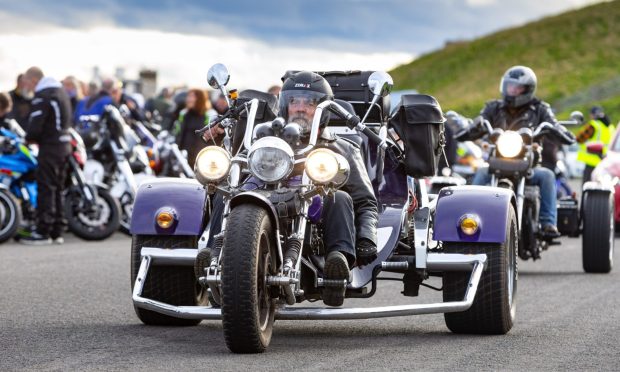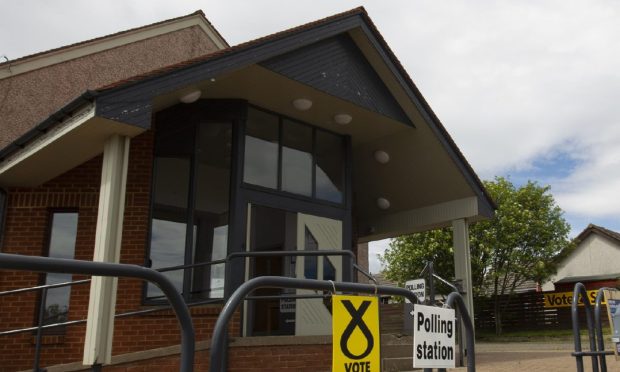Mountaineer Sir Hugh Munro’s Angus connections are to be celebrated in the town in which he grew up.
Sir Hugh was born in London but was brought up in Scotland on the family estate of Lindertis, near Kirriemuir.
He was a founder member of the Scottish Mountaineering Club in 1889, publishing a list of 3,000 foot mountains 1891 that became known as Munros.
Staff at the Gateway to the Glens museum in Kirriemuir are currently preparing a display for 2019 to mark the centenary of his death.
Museum officer Rachel Jackson said it was a “great opportunity to highlight the Angus connection to this fascinating man”.
She said they want to reach out to people who “perhaps don’t know about another of Kirriemuir’s famous men”.
“Staff at the Gateway to the Glens Museum are researching the fascinating life of the man known for naming mountains of 3,000 feet, Sir Hugh Munro,” she said.
“An active politician there was much more to the man than his love of mountains, including the role of managing the family estate at Lindertis, near Kirriemuir.”
At 17, Sir Hugh went to Stuttgart to learn German and fell in love with the Alps and with mountains more widely.
In 1880 he went to South Africa and became private secretary to Sir George Colley, then governor of the Natal province.
He returned to Kirriemuir, and took on the role of managing the family estates, first on behalf of his uncle, Sir Thomas Munro, then on behalf of his father.
He helped to found the Scottish Mountaineering Club in 1889 and, in September 1891, published his now-famous Tables of Heights over 3,000 Feet, a list of 283 3,000-feet mountains.
He constantly checked and modified his data.
During the First World War, he relocated to Tarascon, in the south of France, running a canteen for French troops, where he eventually succumbed to a bout of pneumonia.
His body was returned to Scotland and was buried near Lindertis, on April 2 1919.
In 1921, two years after his death, a second version of the Tables appeared, largely incorporating his refinements.
This listed 276 Munros and a total of 543 Tops.
A 1974 version gave 279 Munros and 541 tops.
Other versions with modifications appeared in 1981, 1984, 1990 and 1997.
Munro’s death meant he fell just short of climbing all of his own list of peaks and tops.
In a piece written in 1917 for the Cairngorm Club Journal, he said: “I still aspire to stand on the summit of the only three ‘tops’ in Scotland exceeding 3,000 feet in height which I have not yet climbed.”
Rachel said: “The display will mark the centenary of his death with a Munro or No quiz evening and talk from the president of the Munro Society taking place in March.”
Staff are looking for objects to add to the display including pre-First World War mountaineering equipment and artefacts connected to Lindertis.
Anyone with artefacts can email kirriemuirmuseum@angusalive.scot, telephone 01575 526006 or visit the museum between Tuesday and Saturday, 10am to 5pm.











